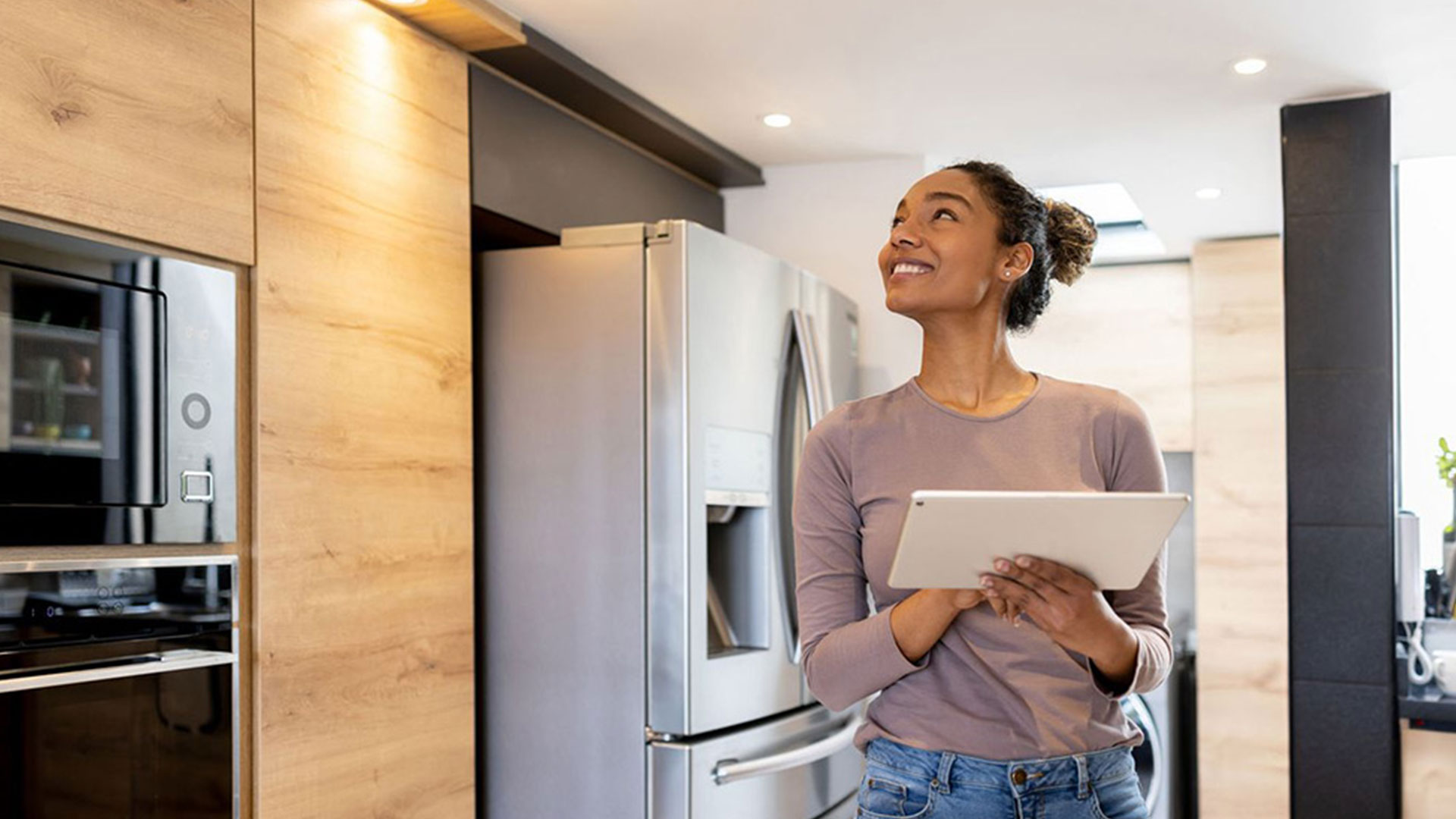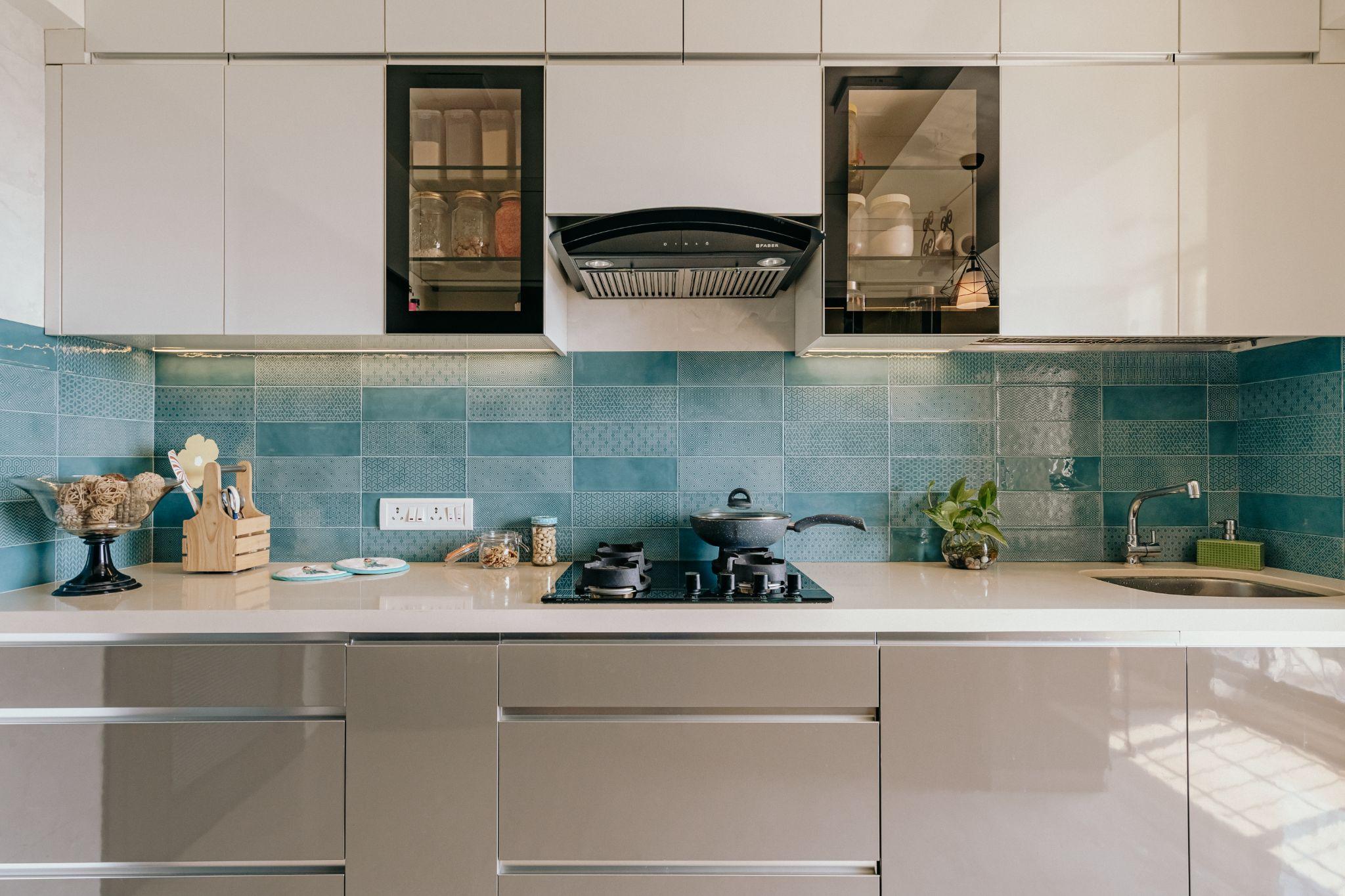
Myths on Home Automation
Warm Minimalism: Minimalism emphasizes on decluttering of spaces. Clutter-free and simplified living spaces never go out of style; they only get better and better. One of the most poised interior trends of 2024 is warm minimalism.The colour palette is typically neutral with a focus on warm tones. It perfectly balances simplicity, functionality, comfort, and style.
Biophilic design: Minimalism emphasizes on decluttering of spaces. Clutter-free and simplified living spaces never go out of style; they only get better and better. One of the most poised interior trends of 2024 is warm minimalism.The colour palette is typically neutral with a focus on warm tones. It perfectly balances simplicity, functionality, comfort, and style.
Myths on Home Automation
As home automation technology becomes more prevalent, there can be misconceptions or myths surrounding its capabilities and implications. Here are some common myths on home automation:
Home Automation is Expensive: While certain advanced home automation systems can be costly, there are also affordable options for basic automation needs. Many individual smart devices, like smart plugs or smart bulbs, are budget-friendly and can be a good starting point for those on a tighter budget.
Home Automation is Complicated to Install and Use: The installation of many smart devices is often straightforward, and manufacturers design them to be user-friendly. Many devices can be set up with simple plug-and-play mechanisms, and mobile apps provide intuitive interfaces for control.
Home Automation is Only for New Homes: Home automation can be integrated into both new and existing homes. Wireless technologies make it feasible to retrofit automation solutions into older homes without major renovations.
Smart Homes are Prone to Hacking: While any connected device has some level of security risk, reputable manufacturers implement security measures to protect smart home devices. Users can enhance security by regularly updating device firmware, using strong passwords, and securing their home networks.
Smart Homes Are Only for the Younger Generation: Smart home technology is designed for people of all ages. Many features, such as voice control and remote monitoring, can be particularly beneficial for older individuals or those with mobility challenges.
It’s essential for consumers to research and understand the capabilities and limitations of home automation to make informed decisions based on their needs and preferences.
Myths on Home Automation
Modular furniture offers several advantages that make it a popular choice for many individuals and businesses. Here are some key advantages:
Space Efficiency: Modular furniture is designed with space efficiency in mind. It is often compact and can be easily adapted to fit into various room layouts. This is particularly beneficial for smaller spaces where optimizing available space is crucial.
Easy Assembly and Disassembly: Modular furniture is typically easy to assemble and disassemble. This makes it convenient for transportation, relocation, or reconfiguration. It also allows for easy maintenance and cleaning.
Excellent finish: This furniture is made in factories and only assembled on site. Since the finishing material is hot pressed in factories, the finish is excellent and there is no sharp edges.
Scalable: Modular furniture is scalable ie additional pieces of same modular range can be easily added in so any mismatch can be avoided.
Sustainability: Modular furniture can contribute to sustainability efforts. As users can modify and reuse components, there may be less need for complete replacements, reducing overall waste.
Allows Concurrent working: Since the furniture is only assembled on site, it allows concurrent working and reduces the time span of a project. So by the time modular furniture is getting made, civil work can be finished on site.


